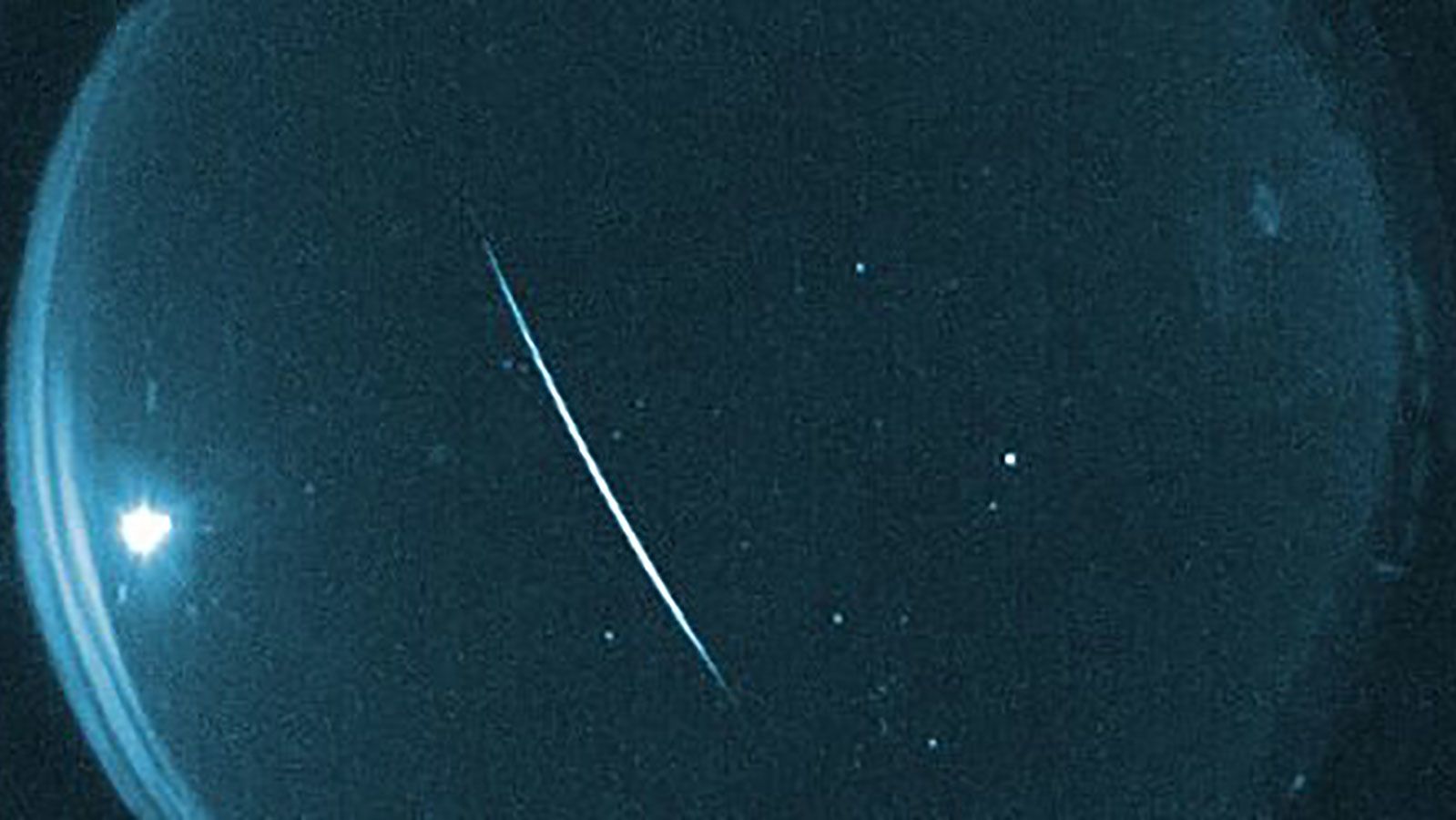
Tonight’s Stellar Spectacle: Witness The Quadrantid Meteor Shower’s Peak
Meteoric Marvel Unfolds: A Celestial Spectacle Like No Other
Tonight, the celestial tapestry will be adorned with a spectacular celestial event as the Quadrantid meteor shower reaches its peak. This cosmic ballet, occurring annually from January 2 to January 4, promises a mesmerizing display of shooting stars that will paint the night sky with ethereal beauty.
A Starry Sky’s Secrets: Unveiling the Quadrantids
The Quadrantids originate from the comet 2003 EH1, discovered in 2003. As the comet orbits the sun, it sheds debris that collides with Earth’s atmosphere at a velocity of approximately 41 kilometers per second (25 miles per second). This high-speed impact creates the brilliant streaks of light known as meteors.
The Quadrantids are unique among meteor showers as they feature an unusually high number of bright fireballs, leaving persistent trains of glowing dust in their wake. This phenomenon occurs due to the comet’s composition, which contains a higher proportion of volatile materials that ignite upon entering Earth’s atmosphere.
Optimal Viewing Conditions: A Guide for Stargazers
To maximize your viewing experience, the ideal timing for observing the Quadrantid meteor shower is between midnight and dawn, with peak activity predicted around 3 AM local time. Find a location with minimal light pollution, allowing you to immerse yourself in the celestial spectacle.
Using a pair of binoculars or a telescope can enhance your observation by increasing the field of view and revealing fainter meteors. However, remember that patience is key, as the appearance of meteors can be unpredictable.
Unveiling Intriguing History and Origin
The Quadrantid meteor shower has a long and intriguing history, dating back to the 1800s. Initially, it was believed to originate from the constellation Quadrans Muralis, which no longer exists as a recognized constellation in modern astronomy.
However, scientific research has attributed the Quadrantids to the disintegrated comet 2003 EH1, shedding light on their true celestial origins.
Varied Perspectives and Scientific Insights
Astronomers hold contrasting views regarding the Quadrantids’ origin. Some believe that 2003 EH1 is a fragment of a larger comet that broke up thousands of years ago, while others suggest it is a relatively young comet that has recently entered the inner solar system.
Scientific studies support the notion that the Quadrantids are a relatively new meteor shower, with their age estimated to be approximately 500 years. This youthful age explains the high concentration of bright fireballs, as the comet’s volatile materials have not yet been depleted through repeated interactions with the sun.
Implications of the Quadrantid Spectacle
The Quadrantid meteor shower serves as a reminder of the dynamic and ever-changing nature of our solar system. It showcases the role of comets as celestial messengers, providing insights into the composition and evolution of the objects that inhabit our cosmic neighborhood.
Observing the Quadrantids is not merely a passive act of stargazing; it is an opportunity to engage with the universe and appreciate its boundless wonders. This celestial spectacle serves as a testament to the beauty and intrigue that lie beyond our everyday existence.
Conclusion: A Memorable Cosmic Extravaganza
Tonight’s Quadrantid meteor shower promises an unforgettable experience for those who venture outdoors and gaze up at the celestial tapestry. Embrace the opportunity to witness this cosmic extravaganza, marvel at the streaks of light gracing the night sky, and delve into the captivating history and scientific insights surrounding this annual event.
As you watch the Quadrantid meteors soar across the heavens, remember that you are witnessing a celestial dance, a testament to the boundless wonders of our universe. May this spectacle ignite within you a sense of awe and wonder, inspiring you to explore the cosmos further and appreciate the beauty that lies above our heads.
